How to grow Ginkgo
A genus of one species, Ginkgo bilboa - from which many varieties have been developed such as dwarf varieties, those with variegated foliage and elongated forms. We supply bilboa fastigiata ‘Blagon’ (H: 15m S: 4m) and bilboa ‘Menhir’ (H: 5m S: 1.5m) at present.
The Ginkgo tree is the oldest living tree in the world and the only surviving member of the Ginkgo family, often referred to as a 'living fossil'. It supposedly has been around since the time of the dinosaurs, and one tree in its native China is about 3,500 years old!
The tree has been much used in traditional Chinese medicine. Toward the end of the 20th century, ginkgo extract became popular in many countries for its purported memory-enhancing properties, and the chemical constituents of the plant are currently under investigation as a possible treatment for Alzheimer disease.
Ginkgo trees are generally a pyramidal shape, with a columnar, sparingly branched trunk up to 30 metres tall and 2.5 metres in diameter. The beautiful, fissured greyish bark is deeply furrowed on older trees, and has a corky texture. The light-coloured wood, which is soft and weak, has little economic value. Fan-shaped ginkgo leaves resemble the leaflets of the maidenhair fern, hence the common name above. Leaves are borne on short, spurlike but greatly thickened shoots. The leathery leaves are up to 8 cm long and are sometimes twice as broad. Two parallel veins enter each blade from the point of attachment of the long leafstalk and fork repeatedly toward the leaf edges. Most leaves are divided into two lobes by a central notch. Leaves are blue-grey-green to yellow-green in summer and spectacularly shift to golden yellow in autumn, remaining on the tree until late in the season then dropping rapidly.
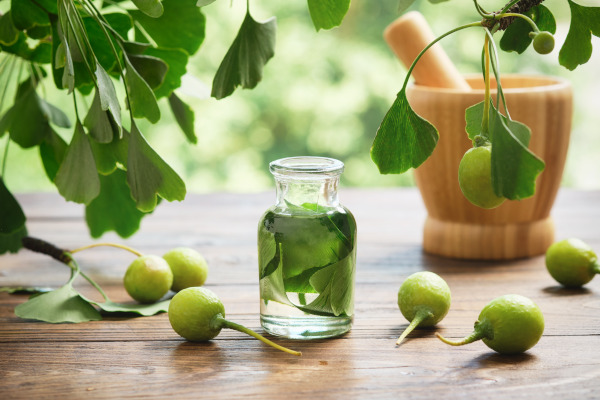
Zantedeschia is a genus of flowering plants from the family Araceae and is native to southern Africa. With a rich history dating back to the Ancient Romans, these deciduous or semi-evergreen perennials have been used as a symbol of celebration. Zantedeschia was Named after Professor Giovanni Zantedeschia, an Italian botanist.
There are two main forms of Zantedeschia: hardy and tender. Hardy forms of the plant can be grown outdoors, enjoy moist soil and full sun or partially shaded conditions - these are known as Arum lilies. Tender forms of Zantedeschia prefer being grown in containers or pots and should be brought inside over the winter - these are known as Calla lilies.
With tuberous flora in all colours from whites, yellows and oranges to deep reds and purples, Zantedeschias are not to be overlooked in any garden, as long as they have sufficient sunlight to grow in.
Ready to learn more about growing Zantedeschia? Read on for all there is to know...

Key Information
Soil pH
Position
Hardiness

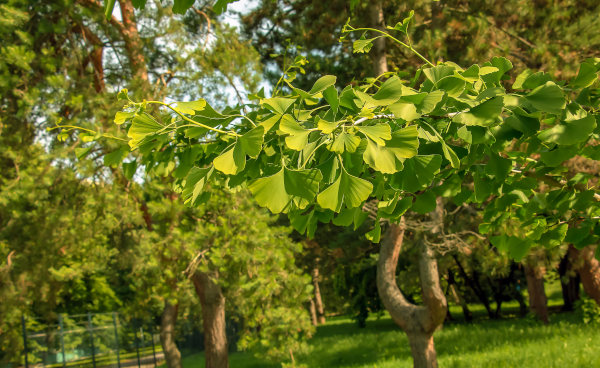
Where & when to plant Ginkgo
Position - Full sun and any aspect except north facing.
Soil - Happy in any soil which is well-drained. Drought tolerant once established
Flowering Period - Spring, with toxic fruit containing a single seed borne in autumn.
Hardiness - A hardy (H6), deciduous tree.
Able to tolerate temperatures down to -15 to -20°C, Ginkgo likes a spot in full sun preferably with a south, west or east facing aspect. Once established trees are drought tolerant and offer valuable shelter to wildlife. Excellent as a specimen tree and able to tolerate atmospheric pollution so ideal for city gardens.
Most importantly, before you purchase your Ginkgo, decide how much space you have and look at the mature heights and spreads of your favoured varieties. These can be exceptionally large trees which mature over 20-50 years with roots spreading underground to anchor the tree in place. Take all of this into account and bear in mind any nearby buildings which may be shaded by the tree canopy or undermined due to extending roots.
Pot grown trees can be planted at any time of year, just bear in mind they will need watering in their first 2 or 3 years as they will not have sufficient root structure to grow independent of your assistance. After this they are exceptionally low maintenance and drought tolerant too.
How to plant Ginkgo
Your Ginkgo needs to be planted directly into the ground. Choose a sunny spot away from harsh winds with freely draining soil and plenty of room to spread.
Dig the soil area removing any large stones and weeds and breaking up any lumps. Mix in some organic matter such as manure or garden compost. If your soil is heavy clay, now is also the time to add a generous helping of horticultural grit.
Rake level and firm with your heels. Rake level again.
Water plants well and allow to drain before planting. A good tip is to dig a hole at least twice the size of the root-ball. Fill with water and allow to drain before placing in the plant.
Place the plant in the hole, ensuring the top of the root ball sits level with the surface of the soil. Too low and the plant may rot, too high and the roots can dry out.
Backfill with soil and firm in gently with your foot.
If you have purchased a more mature tree, then stabilise by using a tree stake at a 45° angle to the trunk and a soft tie so as not to rub the bark. This will prevent too much rocking until a good root structure has established as an anchor.
Soak well with water.
Mulch around the base with well-rotted organic matter.
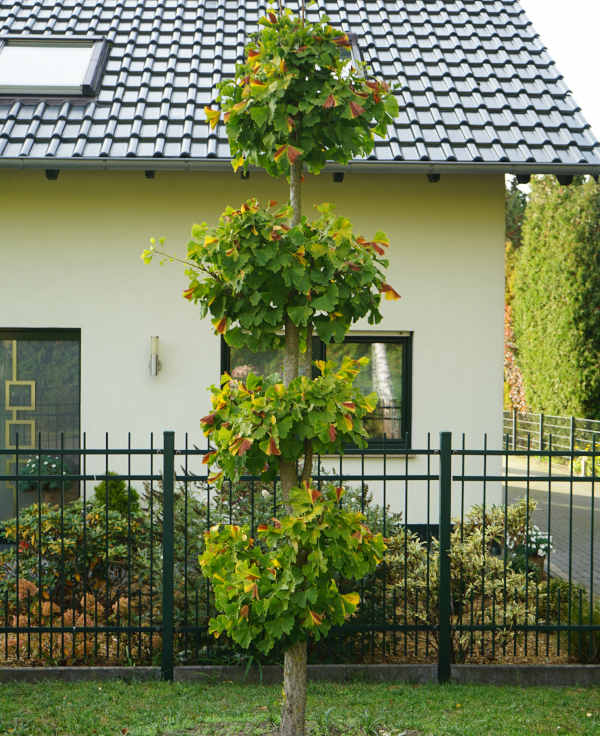
What to plant with Ginkgo
These plants are beautiful in their own right and ideal for locating anywhere in the garden which offers the space for your tree to spread. The shade provided by the leaves makes Ginkgo ideal for underplanting with spring bulbs or ferns, hostas and hellebores once established.

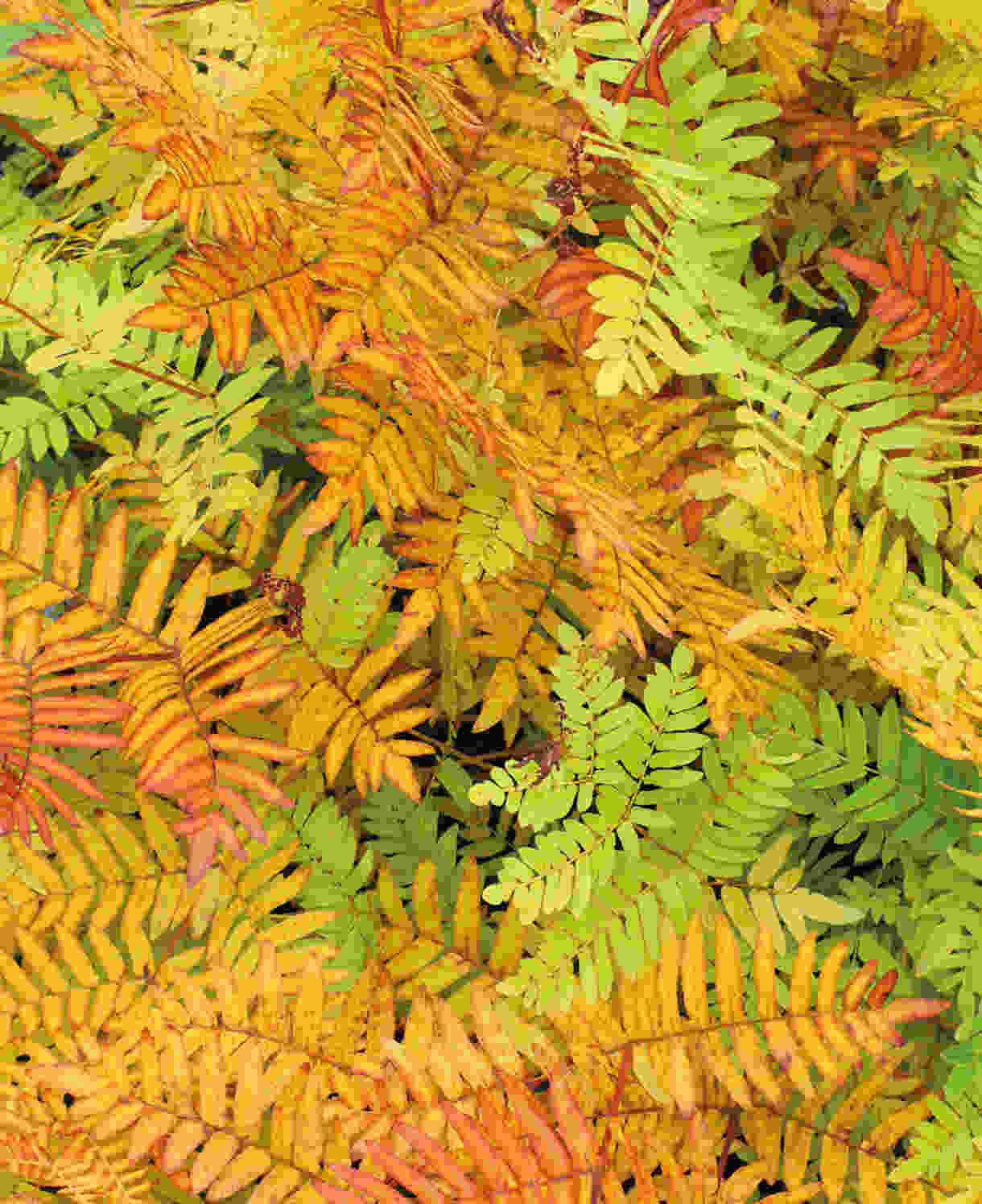
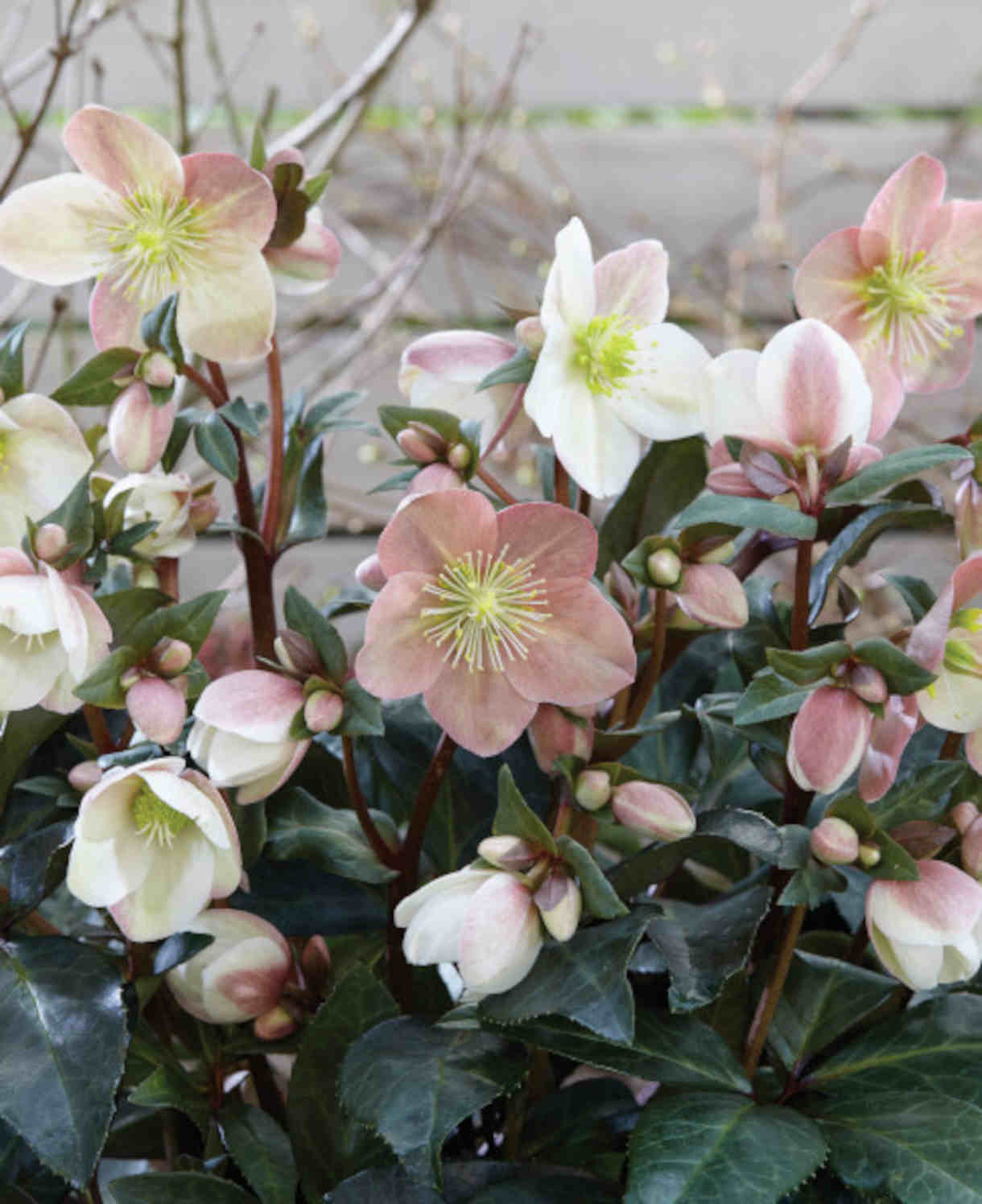
How to care for Ginkgo
Pruning
No pruning required.
Watering
Water your new plant regularly for at least the first two years. Once established, it should cope well without extra watering, except in particularly hot, dry spells.
Feeding
No feeding required.
Pests and Diseases
Ginkgo is usually a robust, trouble-free and long-lived tree. It may, rarely, be susceptible to honey fungus.
How to propagate Ginkgo
This can be done by semi-ripe cuttings in summer or by seed. Semi-ripe cuttings are straightforward way to propagate a wide range of shrubs and tree without the need of special equipment or skills:
- Select the cuttings from this season’s growth and remove them using sharp secateurs. The base of the cutting should be hard, while the tip is still soft. This material is available from late summer until mid-autumn.
- Place the cuttings in a plastic bag straight away. Keep the bag in the shade and aim to pot the cuttings within 12 hours.
- Prepare the cuttings by trimming them to 10-15cm long, cutting just below a leaf node. Next, remove the lowest leaves and the soft tips. There will be about four leaves remaining. If leaves are large, cut them on half to reduce transpiration.
- Dip the bottom of the cutting in fresh hormone rooting powder, ensuring that the cut is well covered. Tap to remove any excess.
- Insert the cuttings around the edge of a suitably sized containers allowing some space between each and use filled with cuttings use 50 per cent free-draining potting compost mixed with 50 per cent sharp sand or perlite. Water well and allow to drain.
- Place the container of cuttings in a greenhouse. Alternatively, cover pots with a plastic bag and put in a warm, light position, out of direct sunlight.
- Remember to remove any excess moisture to prevent rot but keep the compost damp. Cuttings taken in summer seldom need bottom heat but by autumn cuttings will root more quickly in a heated propagator.
- Transfer to separate pots once a good root structure has been achieved for each cutting and grow on as for young plants.
*Many plants carry Plant Breeders Rights and cannot be propagated for commercial purposes.
Common Ginkgo questions
Where do gingko trees grow best?
In a relatively open site, which allows them space to mature and offers them full sun, preferably with moist, free draining soil.
Are gingko trees easy to grow?
Ginkgoes are a low maintenance tree which only need regular watering for their first 2-3 years. After this rainfall should be sufficient to sustain them except in period of extreme drought.
Can you grow gingko trees from a cutting?
Yes, Ginkgoes can be grown from semi-hardwood cuttings (see above)





